Tag: modernism
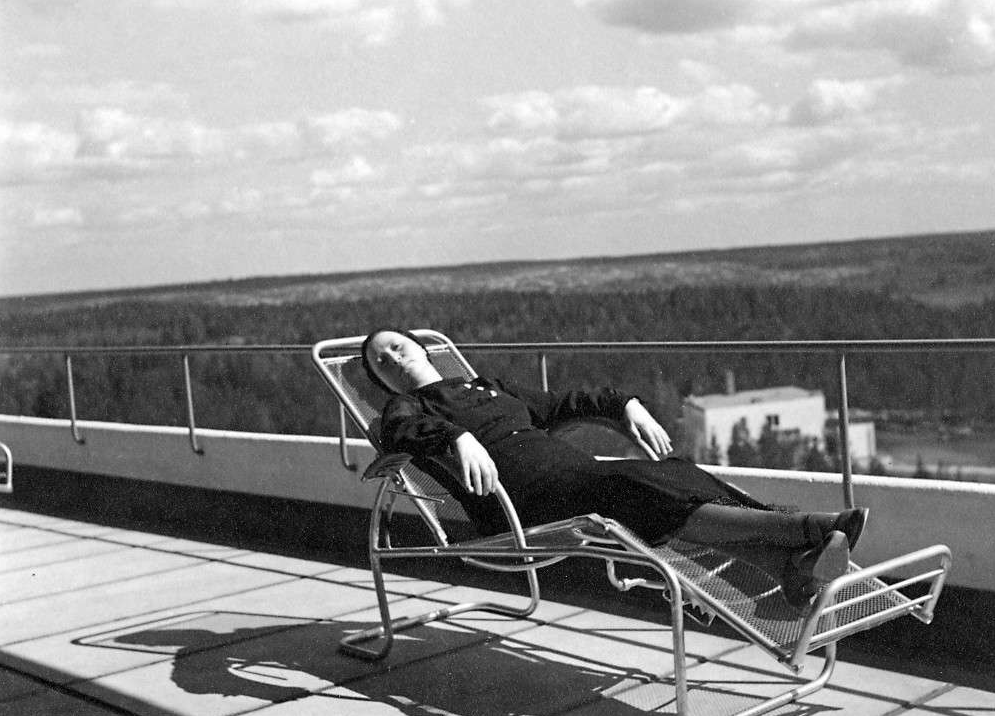
The designer Aino Aalto resting on a lounge chair on the solarium terrace of the Paimio Sanatorium in 1932. Photo taken by Alvar Aalto.
In the 1920-1930 a new movement in architecture emerged from Europe. Modernism promoted an architecture that was characterised by its clean lines and white walls. Functional spaces that were pure and free of any decoration or ornamentation associated with historical architecture.
But on closer inspection this new movement was not about style, about dismissing the architecture of the past on aestetic or purely formal grounds. It has much deeper roots in the desire to eradicate tuberculosis, a disease that, at the time, didn’t have a medical cure.
Robert Koch discovered the tuberculosis bacillus in 1882 but until 1949 there wasn’t an effective medical treatment for this disease. It had been understood that the disease spread and was dormant over long periods of time, hidden the dust of the houses with a poor ventilation aggravating the situation. In 1900 tuberculosis was responsible for 25 percent of all deaths in New York.
Modernism must be seen as a reaction to this crisis. At the time the only real cure for the disease was what was called the Freiluftkur, where a person was treated with plenty of fresh air, lots of sunlight, and nutritious food. The standard ‘cure’ for TB was primarily a change of the environmental conditions. Very soon architects responded to the challenge by devising an architecture that was dominated by clean lines (that were easy to be cleaned), surfaces free of ornamentation (trapping dust and spreading the disease). Buildings were elevated off the ground (to allow air to circulate and to remove the inhabitant from the damp ground), walls were penetrated with large windows (allowing in sunlight and fresh air). These building were not machines for living, they were machines for healing.
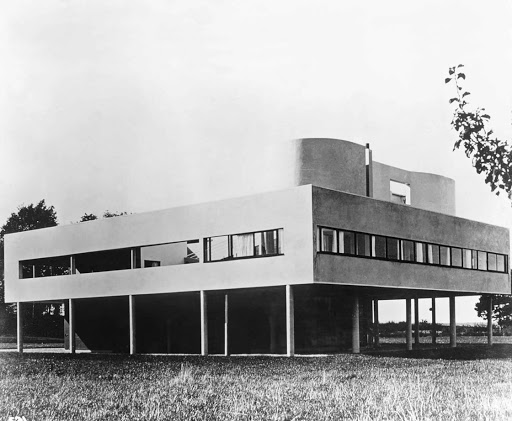
Le Corbusier, Villa Savoy, Paris, 1929
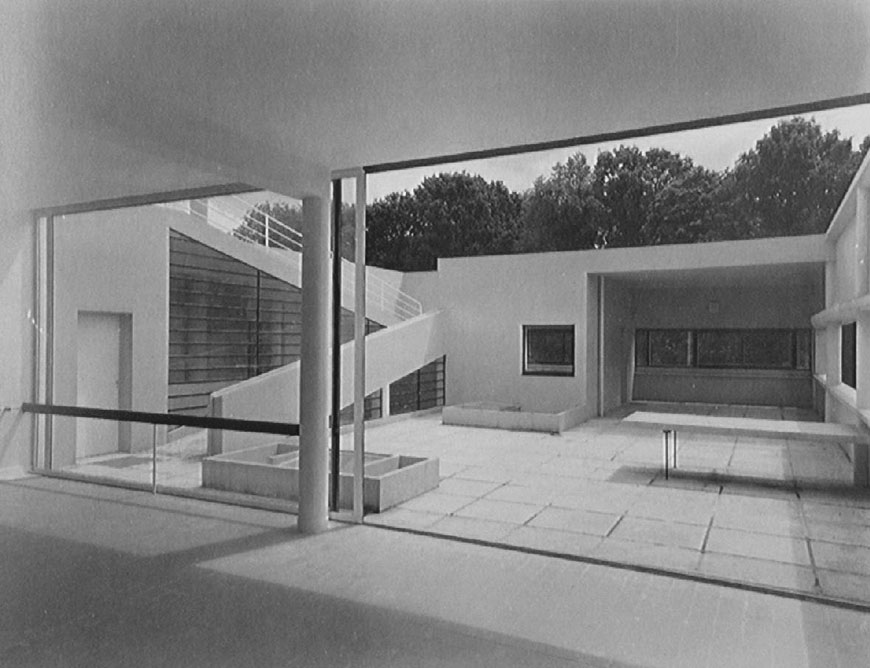
Le Corbusier, Villa Savoy, Paris, 1929 Open airy spaces, light flooding into the living spaces.
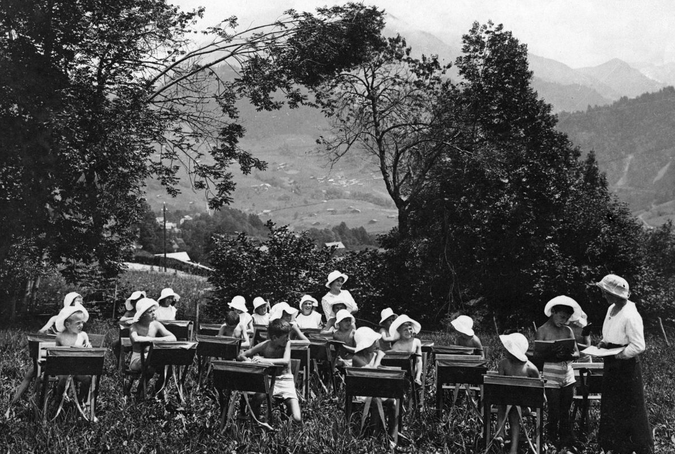
Children being taught in the open air, ca. 1920
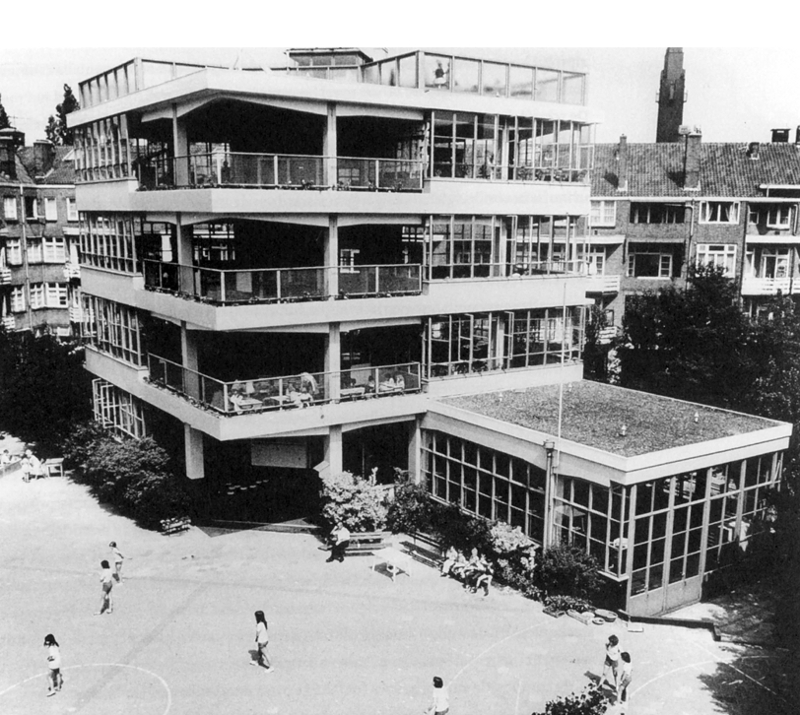
Jan Duiker, Open Air School, Amsterdam, 1927
x